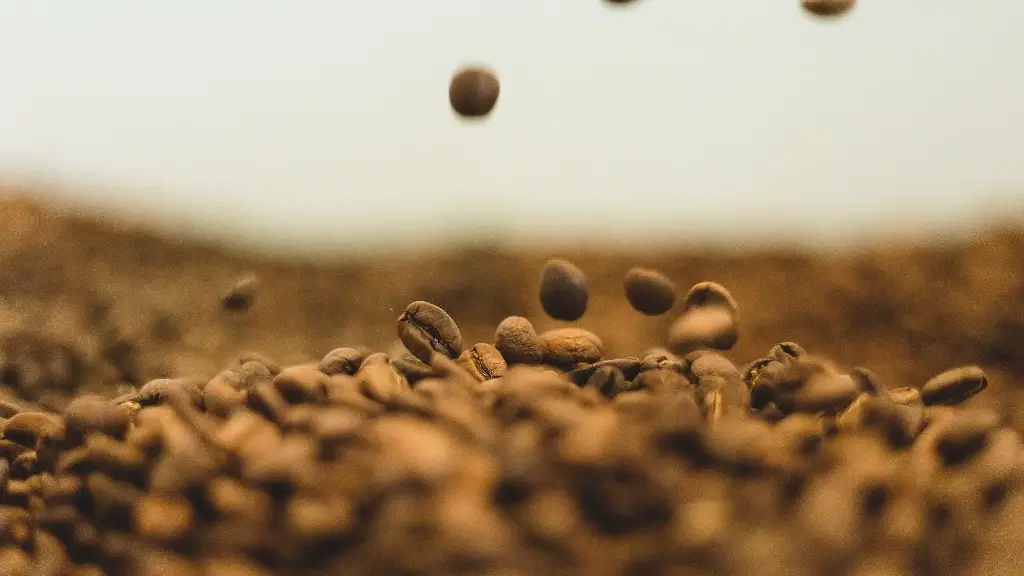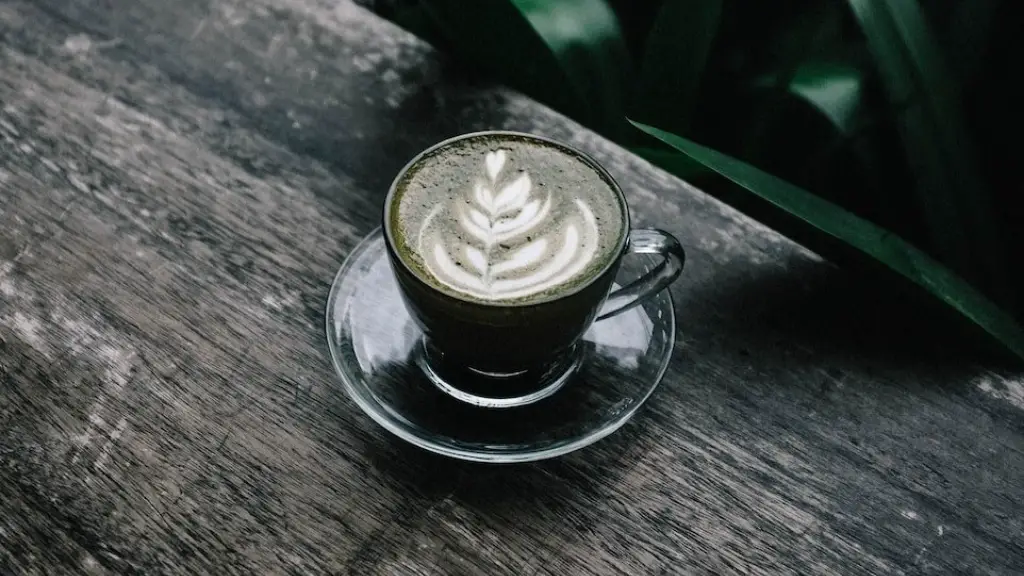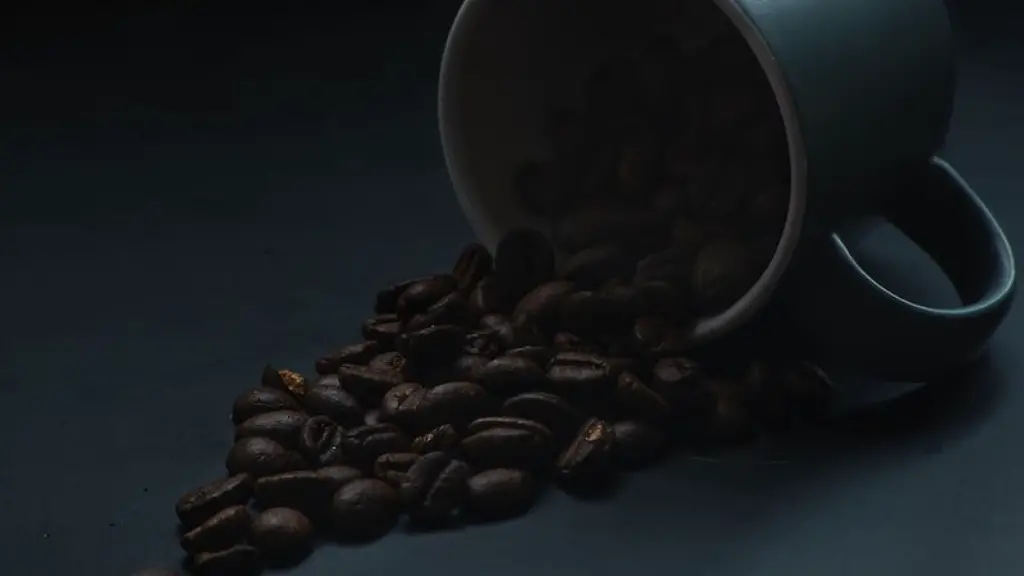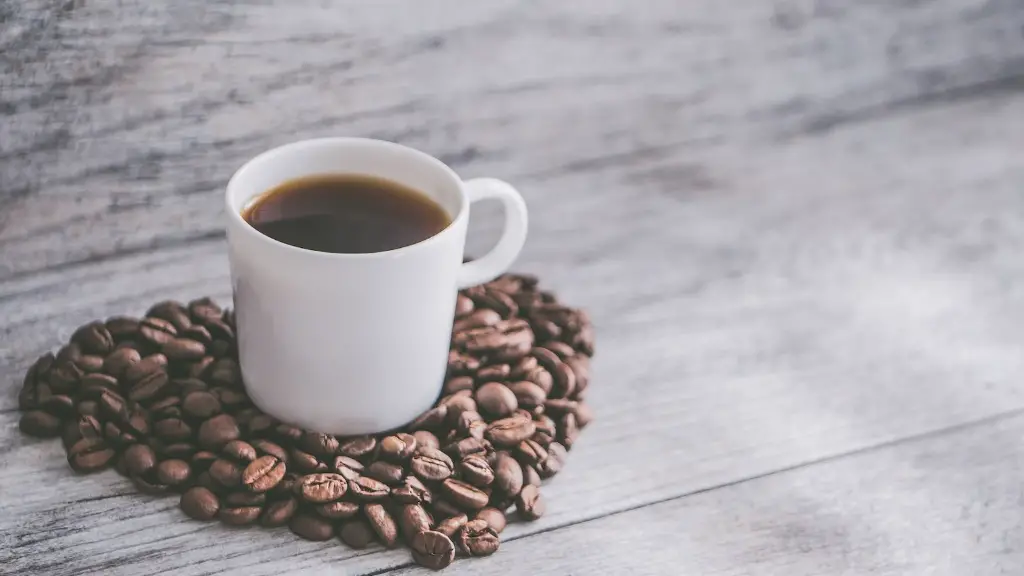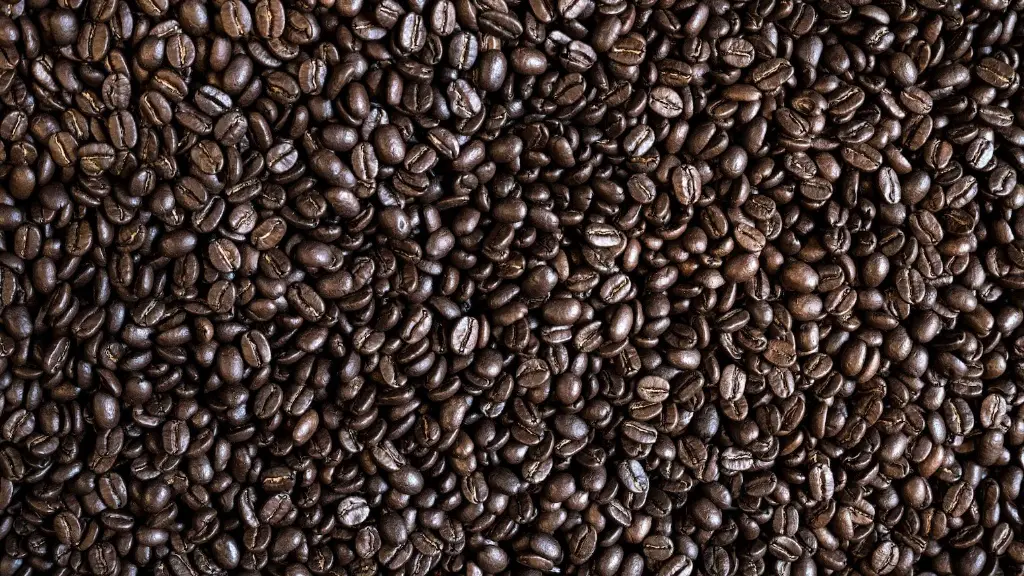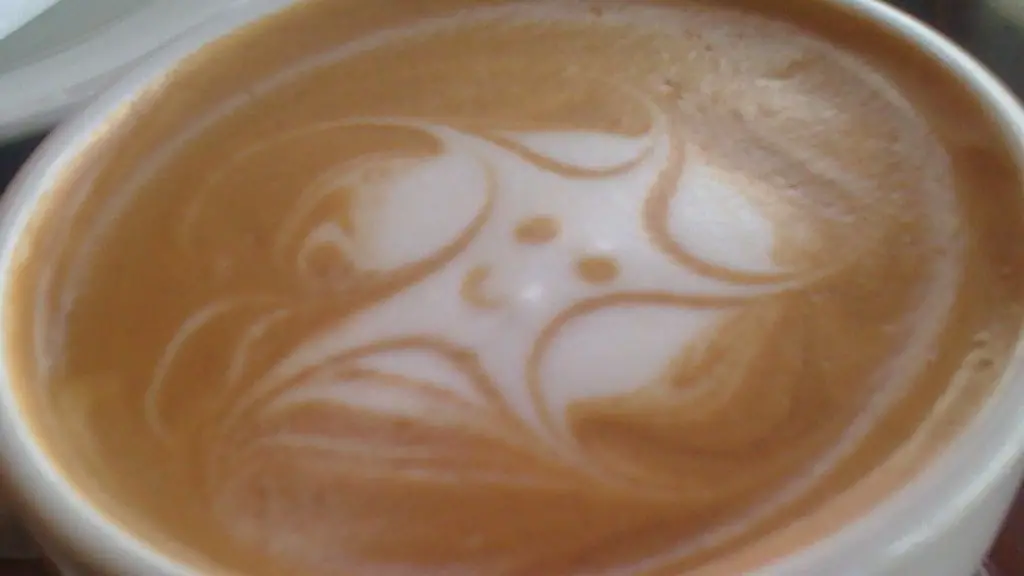If you love the rich taste of freshly roasted coffee, you can easily roast your own beans at home using a popcorn popper. The hot air from the popper will evenly roast the beans, and the popping sound will let you know when they’re done. Just be sure to keep a close eye on the beans so they don’t get too dark. Here’s how to roast coffee beans with a popcorn popper:
To roast coffee beans with a popcorn popper, place the beans in the popper and set it to the roast setting. Roast the beans until they are dark and fragrant. Let the beans cool before grinding and brewing.
How long does it take to roast coffee in a popcorn popper?
The coffee roasting process is simple and only takes a few minutes. Place a bowl beneath the popper chute to catch the coffee or orient the popper chute next to the sink. Roasting will take anywhere from 3 to 7 minutes, depending on how dark you like your coffee. When the coffee is done roasting, it will be ejected from the roaster into the bowl or sink.
Coffee beans can be roasted in a popcorn popper with ease, and the recipe can be made with an old-fashioned stovetop popcorn popper. Just get the beans out of the can and start roasting. Coffee can also be roasted on an outdoor gas or propane stove, in addition to stovetop poppers, and over a campfire.
How do you roast coffee in a stovetop popcorn popper
If you’re looking to make the perfect cup of coffee, follow these instructions. First, turn on your stovetop exhaust fan or open a kitchen window. Next, measure out 8-9 ounces of coffee by weight, or 12 ounces by volume. Use a low flame or medium electric burner setting, and put your beans in the popper. Start medium-paced, steady cranking, and after about six minutes you should hear the first crack. Continue cranking until you reach the desired level of darkness, then pour and enjoy.
The Whirley Pop can handle between 8 and 16 oz of green coffee beans. We tried different weights to start and noticed different roasting times as well as cooling after.
We roasted 8oz of coffee and it took about 15 minutes. The coffee cooled down pretty quickly after we stopped roasting.
We roasted 16oz of coffee and it took about 20 minutes. The coffee cooled down a bit slower after we stopped roasting.
Overall, we found that the Whirley Pop did a great job at roasting coffee beans. We were able to get consistent results with different weights of coffee beans.
What temperature does first crack coffee roast?
As the coffee beans roast, they will produce a cracking sound. This is known as the first crack, and it marks the beginning of a lighter roast.
If your roasting time exceeds 15 minutes, increase oven temperature by 25°F on your next roast. Coffee that takes more than 15 minutes will taste dull in flavour and is considered “baked” instead of “roasted”.
Why does my coffee taste like burnt popcorn?
If your coffee tastes like popcorn, it’s likely because the beans are stale or the coffee was poorly roasted. To avoid this in the future, make sure to roast your beans under the proper temperature to avoid overcooking them.
If you don’t have a coffee grinder, you can use a mortar and pestle or even a rolling pin to crush up whole beans. Just be sure to crush them to a consistent size.
Can you pop anything besides popcorn
If you’re looking for a healthier alternative to popcorn, consider popping ancient grains like amaranth, barley, buckwheat, quinoa, and sorghum. These whole grains can all be popped and enjoyed as popcorn alternatives. They’re a great source of fiber and nutrients, and they’re packed with flavor. So next time you’re planning a movie night, ditch the popcorn and try one of these tasty popped ancient grains instead.
At around 5-7 minutes into the roast, you should begin to see the steam turn smokey and hear the first crack beginning. This should happen between 350-370 degrees. As the first crack is beginning to slow down at ~415 degrees, your coffee should be around City roast (light).
Can you roast coffee on stovetop?
The most important part of making coffee is to make sure you have the perfect ratio of coffee to water. Depending on how strong you like your coffee, you’ll want to adjust the amount of coffee beans you use. A good rule of thumb is to start with about ½ cup of beans and adjust accordingly.
Once you have your beans measured out, preheat your pan over medium heat. The exact temperature setting will depend on your stove, but you want the pan to be nice and hot, about 500°F.
Pour in the beans and start stirring. Stirring the beans is important to help them roast evenly. continue stirring the beans until they reach the desired roast. Depending on how dark you like your coffee, the beans will take anywhere from 5-10 minutes to roast.
Once the beans are roasted to your liking, remove them from the pan and let them cool. Once they’re cooled, grind the beans and enjoy your fresh cup of coffee!
If you’re looking for a stronger coffee, look no further than coffee made with a 1:7 ratio. This coffee is typically more than twice as strong as normal coffee, making it a great choice for those who want a stronger coffee flavor. You can enjoy this coffee with steamed milk, hot water, or on its own for a truly intense coffee experience.
What happens if you over roast coffee
If coffee is over-roasted, it will have a bitter or burnt taste. This is often due to the roasting process that the beans went through before reaching the consumer.
When coffee beans are overdeveloped, they will be black and oily and produce a burnt and bitter-tasting coffee. Some describe the taste as smoky and liken it to ash or carbon. Roasting coffee beans too long will lead to overdevelopment. It does not take much to cross over from a dark roast to overdeveloped beans.
What roast is strongest for coffee?
If you’re looking for a coffee with a strong flavor profile, dark-roasted coffees are a great option. Robusta coffees tend to be the darkest roasted and therefore have the strongest flavor. However, if you find that a coffee is too strong for your taste, you can add milk and sugar to balance out the flavor.
Slow roasting coffee beans results in a greater loss of weight than faster roasting. This is because slow roasting allows more time for the complex aromatic compounds to develop, which gives coffee its flavor. While slow roasting may take longer, it is generally considered to produce a better tasting coffee.
How long should you wait to grind coffee after roasting
It’s important to wait a week after coffee beans are roasted before grinding them. This allows the beans to degas and oxidize, which results in better flavor.
As a general rule, the darker the roast, the bolder and smokier the flavor. This is because oil surfaces on the bean as it roasts, and the longer the bean is roasted, the more oil will be present. Light and medium roasts have little to no oil on the surface of the bean, resulting in a more mild flavor. As a bean roasts, the body gets thicker and heavier up until the “second crack.” This is the point at which the bean has reached its maximum density and is beginning to thin out again. After the second crack, beans start to taste more like charcoal.
Conclusion
To roast coffee beans with a popcorn popper, start by preheating the popper. Then, pour the beans into the popper and turn it on. Keep the beans moving around in the popper by shaking it, and stop roasting when the beans start to smoke. Once they’re done, pour the beans into a colander and let them cool.
A popcorn popper is a great way to roast coffee beans. All you need is a popcorn popper, some coffee beans, and aheat source. You can either use an oven, stovetop, or even a campfire. Just be sure to not use too much heat, as this can scorch the beans. Roasting the beans in a popcorn popper is a simple process. Just pour the beans into the popper, turn on the heat, and let it go. Roast the beans until they are the desired darkness. Once they are done, remove the beans from the heat and let them cool.
